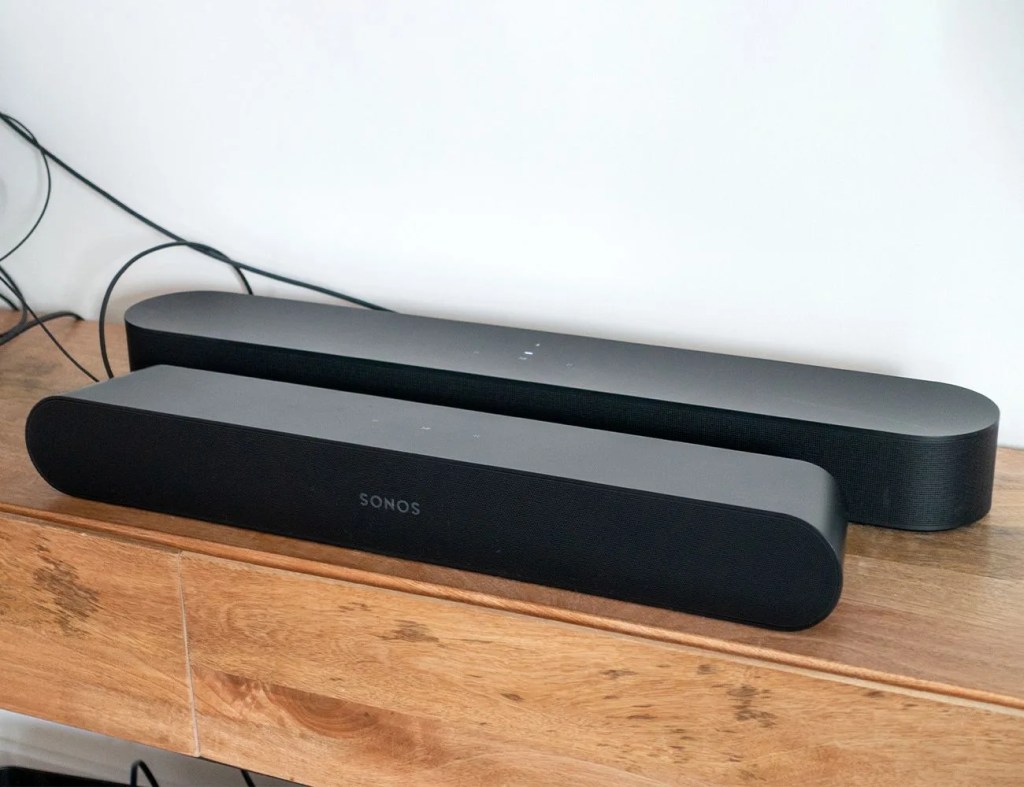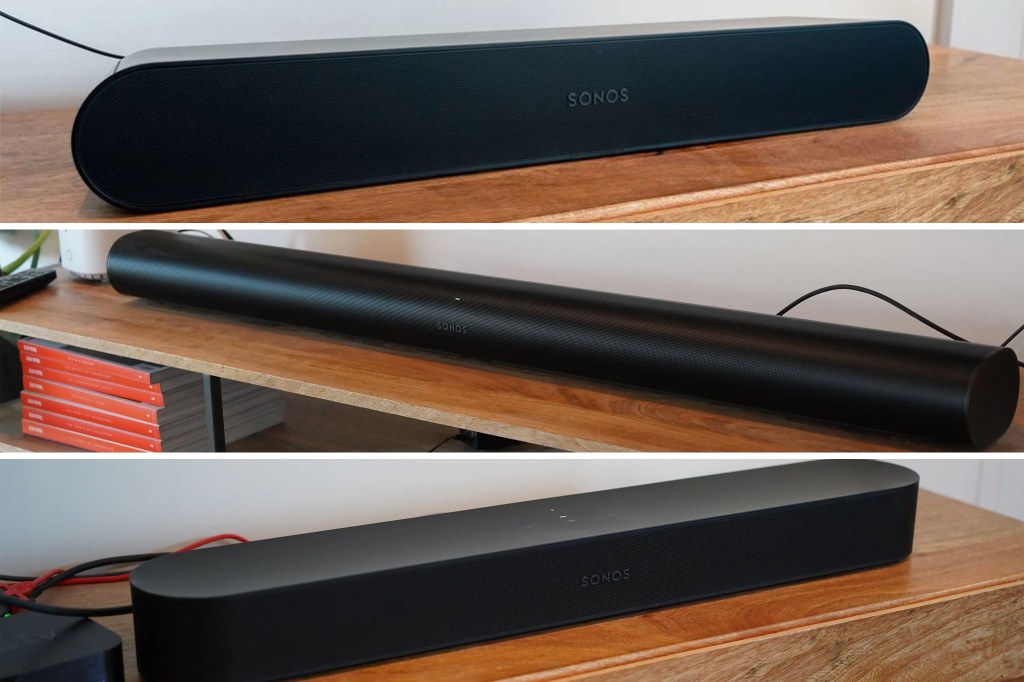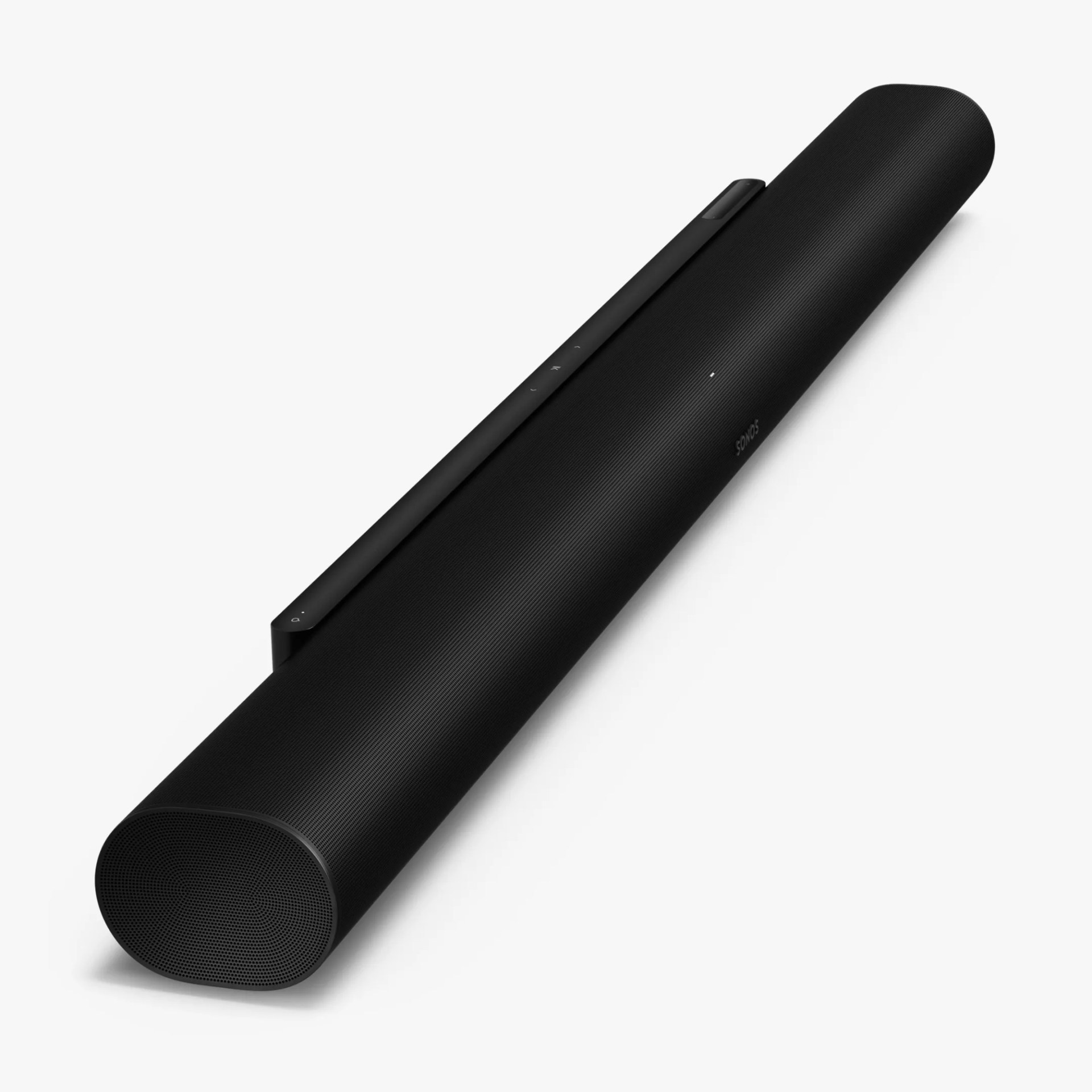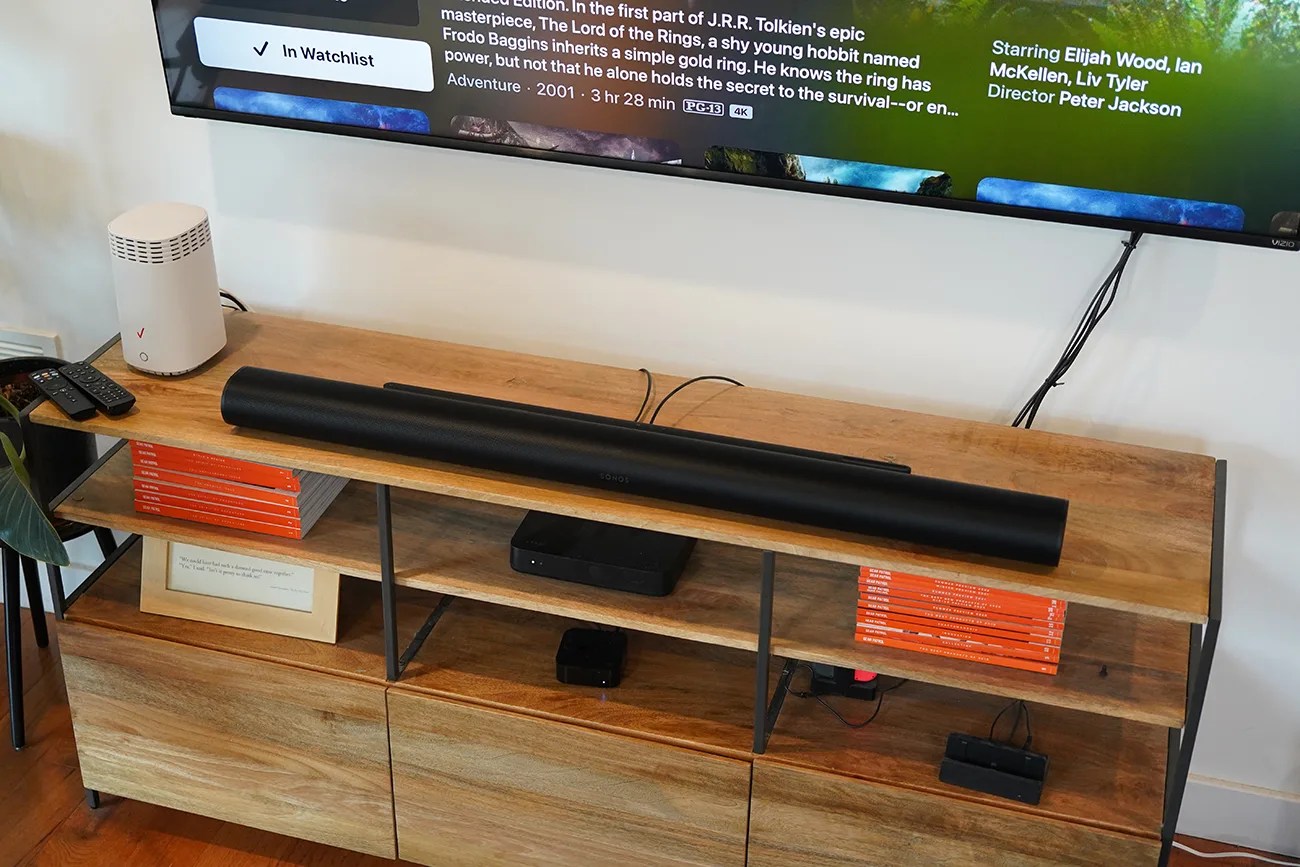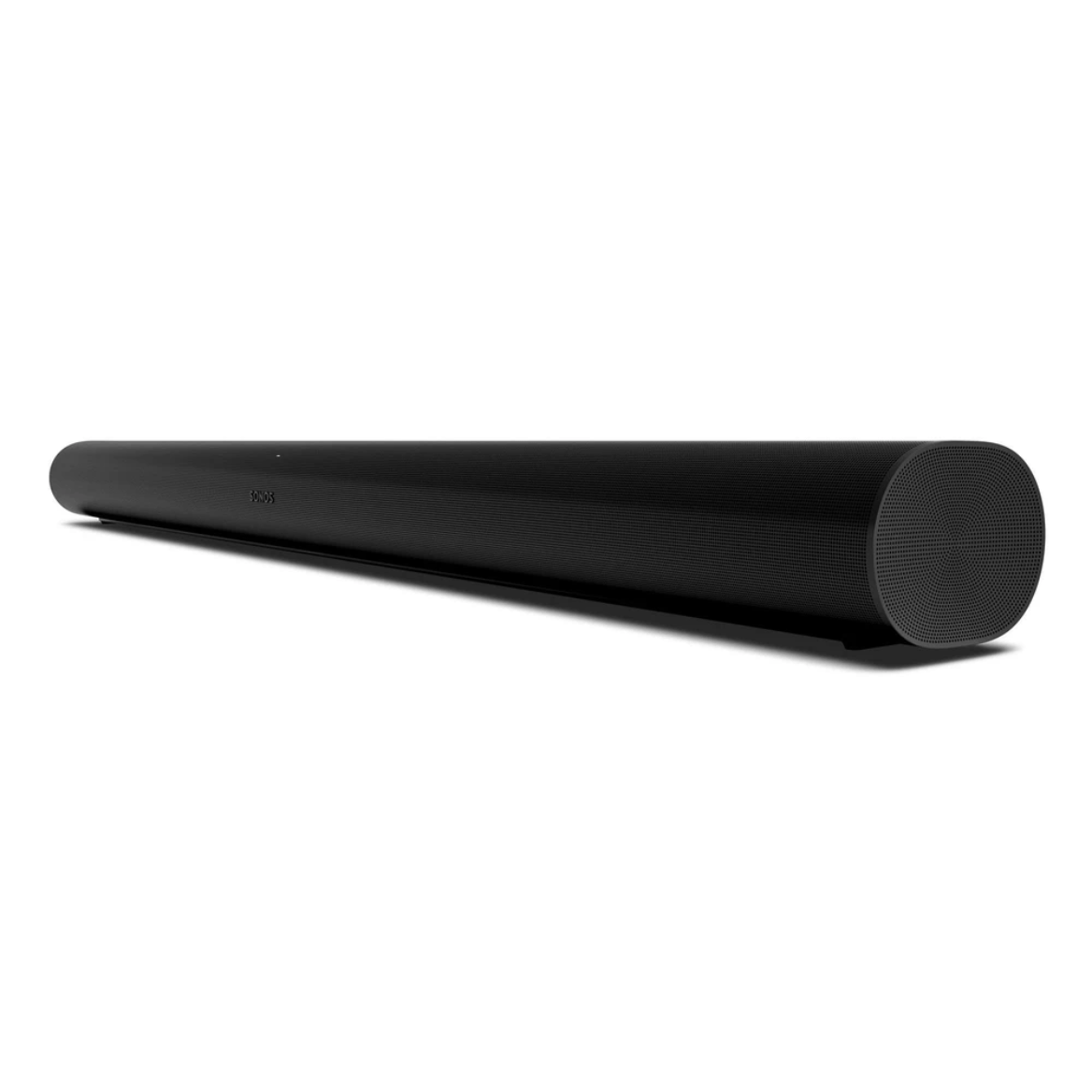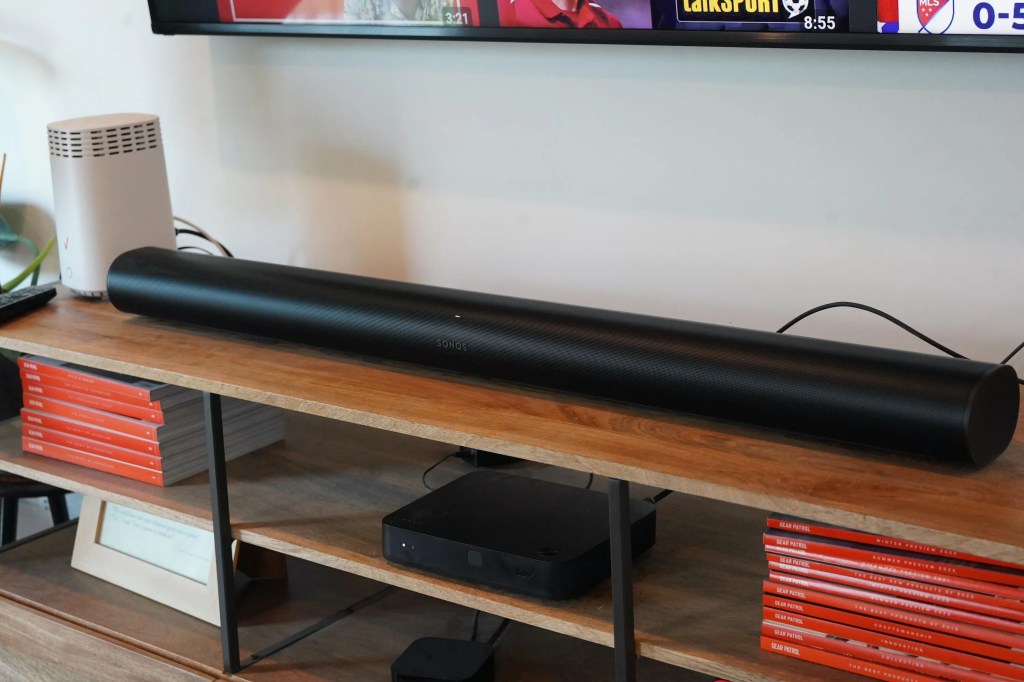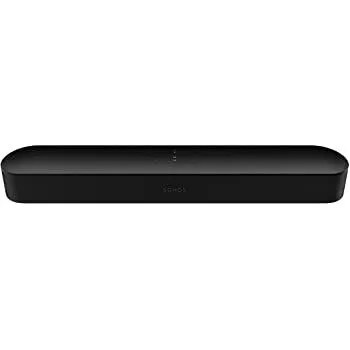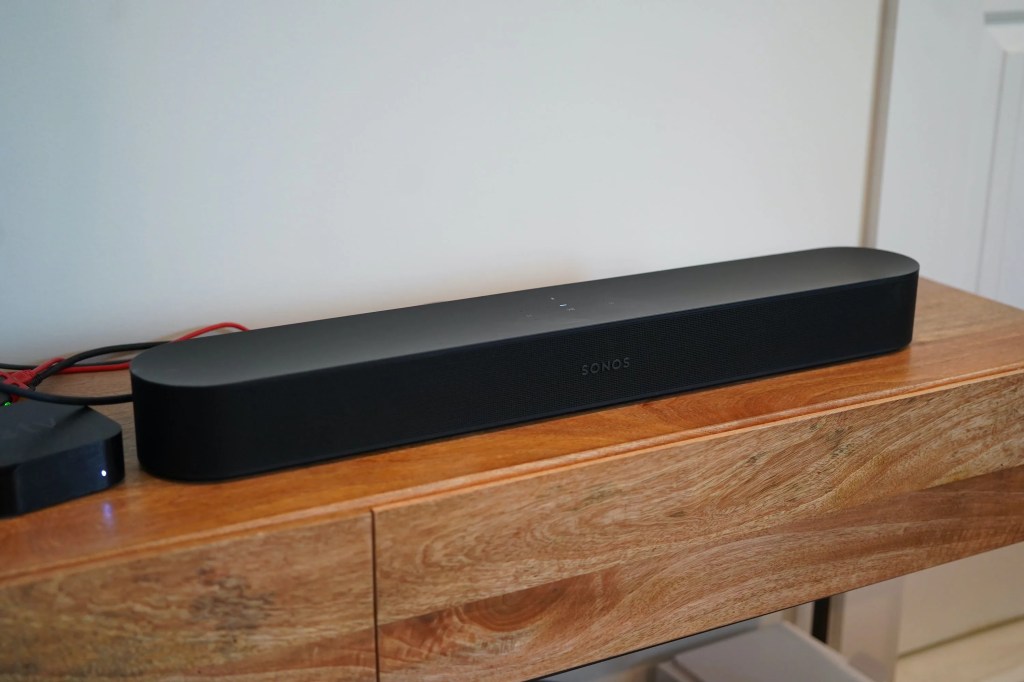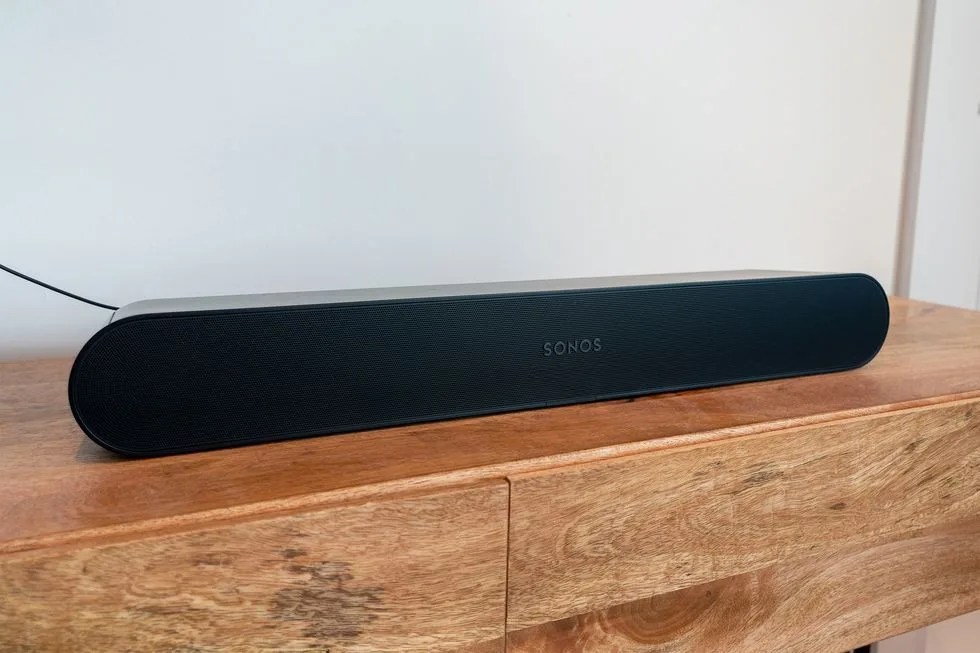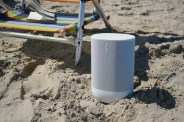Sonos currently makes four soundbars. There’s the Arc and the Arc Ultra, its two big Dolby Atmos soundbars that cost $899 and $999, respectively. The Beam (Gen 2) is a more compact Dolby Atmos soundbar that costs $499. And the Ray, which costs just $279, is its smallest and most affordable soundbar.
Of the four, the Arc and Arc Ultra are the most similar — in fact, the Arc Ultra is a newer and better version of the Arc, which Sonos is likely to discontinue in the near future. And the Beam (Gen 2) is quite similar as well — it’s just smaller and less powerful.
The Arc Ultra, Arc and Beam (Gen 2) all support Dolby Atmos. They are smart soundbars that can be set up to support voice commands from either Alexa or Sonos Voice Control. And they all connect to your TV via a single HDMI eARC connection.
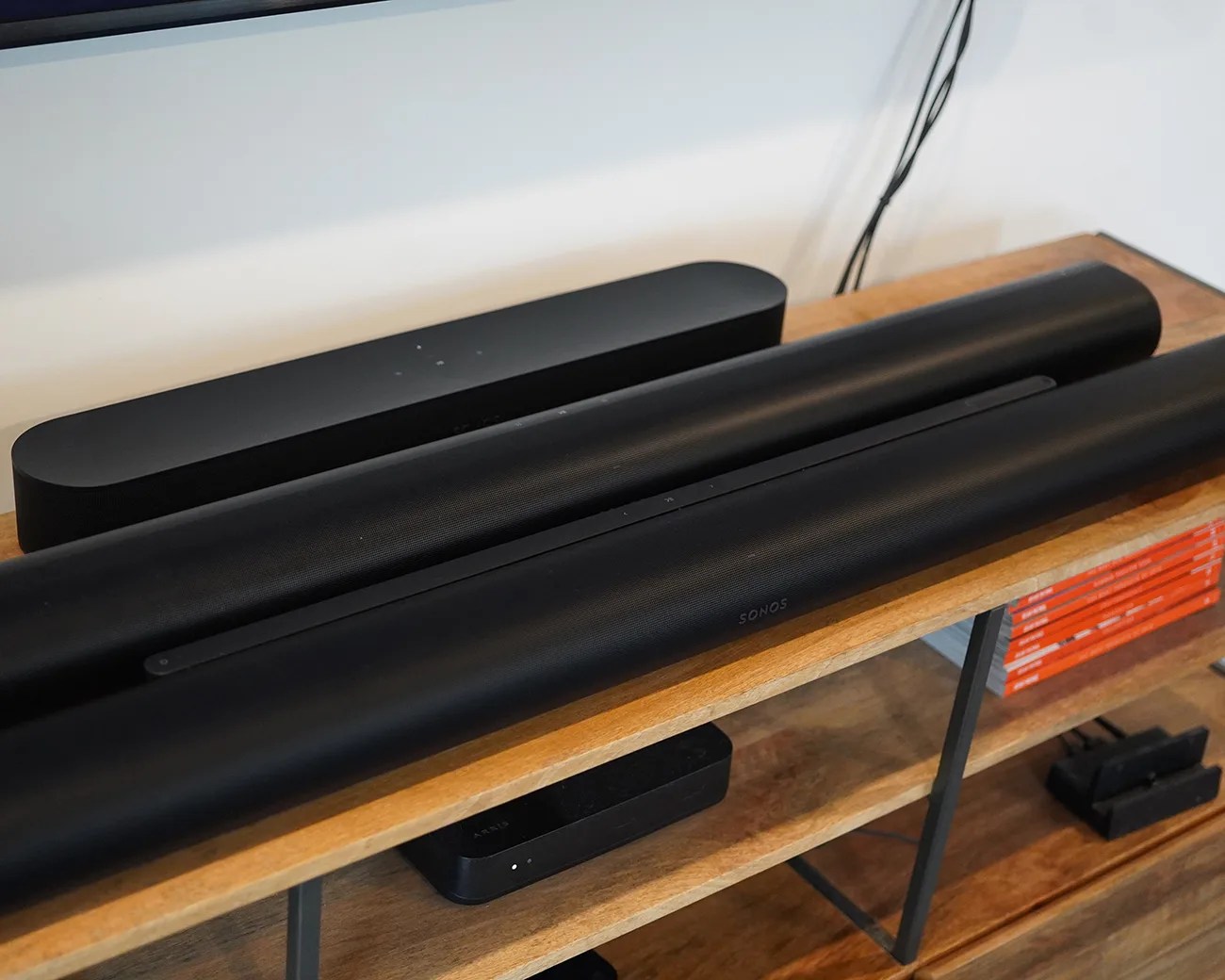
The main difference, other than size and price, is that the Beam (Gen 2) lacks dedicated upward-firing drivers — which both Arc Ultra and Arc have — that really get the most out of Dolby Atmos content.
The Ray is similar to Sonos’s other soundbars, even if it doesn’t support Dolby Atmos. All four soundbars support music streaming over Wi-Fi (including AirPlay 2) and can be integrated in a larger multi-room or home theater system with other Sonos speakers. Because the Ray lacks built-in microphones, it’s the only soundbar that doesn’t support any voice assistants, including the upcoming Sonos Voice Control.
The main differences between Sonos’s four soundbars are size, cost, voice control and the levels of immersive sound each is able to deliver. So, which one should you buy?
LISTEN TO OUR PODCAST & LEARN MORE ABOUT SOUNDBARS

